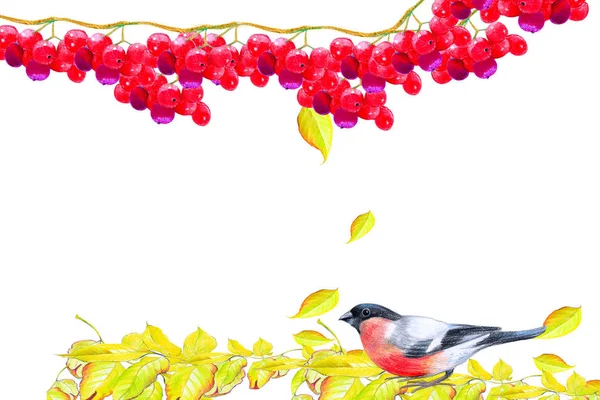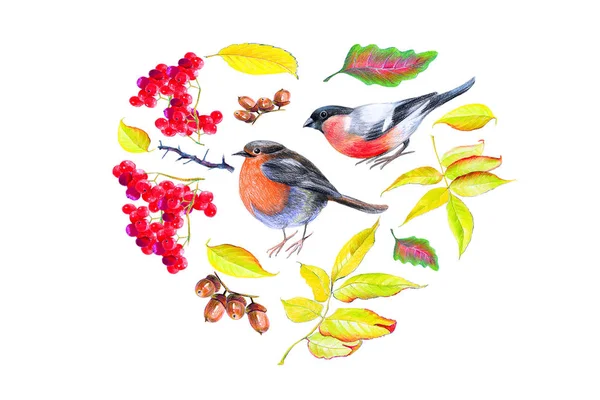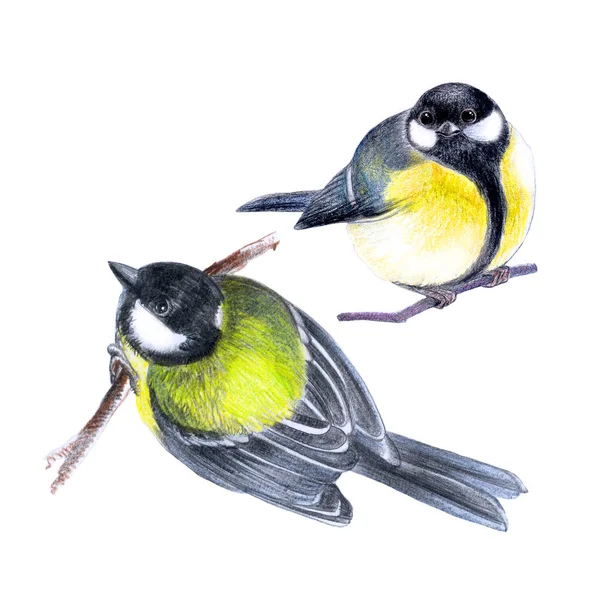When do hummingbirds leave Oklahoma for their annual migratory journey to warmer climates?
In the heart of Oklahoma, where the vibrant hues of the prairie blend with the warmth of the southern breeze, a delicate dance unfolds each year, captivating nature enthusiasts and birdwatchers alike.
As the seasons transition and the rhythmic heartbeat of the landscape evolves, there comes a moment of anticipation – a question whispered on the wind: When do hummingbirds depart this enchanting realm? In this symphony of nature’s wonders, the departure of these winged jewels marks not just a migration but a fleeting spectacle that leaves a void in the Oklahoma skies, inviting contemplation on the delicate balance of life in this dynamic corner of the world.

When Do Hummingbirds Leave Oklahoma
Migration Patterns and Timing
Hummingbirds are known for their remarkable migration, and in Oklahoma, this phenomenon is closely tied to seasonal changes. As autumn sets in, these tiny creatures begin their departure, driven by instinctual cues triggered by diminishing daylight and cooler temperatures.
Late September to Early October
One can observe the departure of hummingbirds from Oklahoma starting in late September, extending through the first weeks of October. This timeframe aligns with the changing weather conditions and the diminishing floral resources that hummingbirds rely on for nectar.
Preparing for the Journey
Before their departure, hummingbirds intensify their feeding activities, building up energy reserves crucial for their long migratory flights. This behavior is commonly witnessed as they frequent feeders and flower-rich areas, fueling up for their arduous journey.
Adapting to Changing Seasons
Oklahoma residents often mention the noticeable absence of hummingbirds in their gardens and outdoor spaces as fall progresses. The departure marks the end of the hummingbird season, and enthusiasts eagerly await their return during the following spring, creating a cyclical rhythm in nature.
Background on Hummingbirds in Oklahoma
Common species found in the region
Oklahoma boasts a diverse array of hummingbird species, including the Ruby-throated Hummingbird, Rufous Hummingbird, and Black-chinned Hummingbird. These vibrant creatures, with their iridescent plumage and rapid wing beats, captivate bird enthusiasts across the state.
Role of Oklahoma in the hummingbird migration route
Oklahoma plays a pivotal role in the hummingbird migration route, serving as a vital pitstop for these tiny travelers. As these enchanting birds journey between their breeding grounds in North America and wintering habitats in Central America, they rely on Oklahoma’s strategic location to rest and refuel.
Importance of Oklahoma as a feeding and breeding ground for hummingbirds
Oklahoma’s rich floral landscape, teeming with nectar-producing plants, serves as a crucial feeding ground for hummingbirds. This abundance of natural resources also makes the state an ideal breeding ground, allowing hummingbird populations to thrive. The interconnected web of ecosystems in Oklahoma plays a fundamental role in sustaining these captivating creatures throughout their life cycle.
Hummingbird Migration Patterns
General overview of hummingbird migration
Hummingbird migration is a marvel that captivates nature enthusiasts worldwide. These incredible journeys involve the relentless flight of these diminutive birds across vast distances, showcasing their resilience and determination in the face of challenging terrain and changing climates.
Factors influencing migration, including weather, daylight, and food availability
The intricate dance of hummingbird migration is choreographed by a delicate interplay of factors. Weather patterns, daylight duration, and food availability emerge as crucial influencers shaping their migratory routes. These agile birds navigate through diverse ecosystems, adapting their flight paths based on seasonal changes and the availability of nectar-rich blooms along their journey.
Importance of energy conservation during migration
Energy conservation becomes a paramount concern for hummingbirds during migration, as these small creatures embark on arduous journeys covering thousands of miles. The need to efficiently utilize energy resources drives strategic decisions in their flight patterns and rest stops. Nectar-rich refueling stations become essential, ensuring these avian travelers can maintain their stamina throughout their awe-inspiring migratory odyssey.
Timing of Hummingbird Departure from Oklahoma
Seasonal changes affecting hummingbird behavior
The rhythmic dance of hummingbird life in Oklahoma unfolds with the changing seasons, unveiling a captivating cycle of migration, residency, and departure.
Spring migration
Arrival in Oklahoma
As spring blankets Oklahoma with blooming flora, hummingbirds make a grand entrance, their vibrant hues dotting the landscape. The arrival signals the beginning of a bustling season filled with the anticipation of new life.
Feeding and breeding activities
In this season of renewal, hummingbirds engage in frenzied feeding, drawn to the rich nectar offerings of blossoming flowers. The air is alive with their rapid wing beats as they embark on the delicate dance of courtship and nesting, contributing to the tapestry of life in the state.
Summer residency
Nectar sources and feeding habits
Throughout the summer, Oklahoma becomes a haven for resident hummingbirds, delighting in an abundant supply of nectar from diverse floral sources. Their feeding habits, characterized by precision and agility, play a vital role in maintaining the ecological balance of the region.
Nesting behavior
Amidst the warmth of summer, hummingbirds meticulously craft their nests, weaving together natural fibers with unparalleled artistry. The hummingbird nests, nestled in the branches, symbolize the resilience and continuity of life in Oklahoma.
Fall migration
Signs of departure
As the days wane and temperatures begin to dip, signs of change emerge. Hummingbirds exhibit restlessness, a prelude to the imminent departure that marks the end of their summer sojourn in Oklahoma.
Factors triggering migration
The triggers for hummingbird departure are multifaceted, influenced by instinct, environmental cues, and the impending winter. Oklahoma’s role in the broader migratory route prompts these avian wonders to embark on their journey, navigating the skies in sync with the changing seasons.
Environmental Factors Influencing Departure
Climate and weather conditions
The delicate timing of hummingbird departure from Oklahoma is intricately woven into the fabric of the changing environment, where climate nuances wield considerable influence.
Temperature fluctuations
Hummingbirds, those aerial marvels, closely monitor temperature shifts. As Oklahoma transitions from the warmth of summer to the cool embrace of fall, hummingbirds sense the subtle cues, prompting them to prepare for the forthcoming journey.
Weather events (storms, cold fronts)
Nature’s unpredictability plays a pivotal role in hummingbird departure. Storms and advancing cold fronts serve as atmospheric catalysts, triggering an instinctual response in these tiny creatures, signaling the need to embark on their migratory passage.
Daylight changes
The departure of hummingbirds is also choreographed by the changing dance of daylight, a symphony conducted by the Earth’s axial tilt.
Shortening days and its impact on hummingbird behavior
As daylight gradually wanes, signaling the onset of autumn, hummingbirds adjust their routines. The diminishing sunlight acts as a temporal conductor, orchestrating a shift in behavior that heralds their readiness for departure.
Role of photoperiodism in triggering migration
Photoperiodism, the biological response to changes in day length, serves as a silent orchestrator of hummingbird migration. The diminishing daylight hours act as a biological trigger, compelling these aerial wonders to embark on their migratory journey, navigating the vast skies with precision and purpose.
Food Availability and Departure
Dependence on nectar sources
The departure of hummingbirds from Oklahoma intricately intertwines with the ebb and flow of nectar, a lifeblood sustaining these delicate avian wonders.
Changes in flower blooming patterns
Hummingbirds, adorned with iridescent plumage, rely on the timely bloom of flowers. The shifting seasons, marked by the blossoming and fading of floral hues, prompt hummingbirds to synchronize their departure with the availability of these nectar-rich sources.
Impact of drought or excessive rainfall
Nature’s balance hangs delicately, as the departure of hummingbirds is sensitive to climatic extremes. Droughts or excessive rainfall disrupt the delicate equilibrium, affecting the abundance of flowers and the nectar that fuels these migratory marvels.
Insect availability
In the intricate web of departure considerations, the availability of insects emerges as a pivotal factor shaping the hummingbird’s migratory timeline.
Importance of insects in the hummingbird diet
Beyond nectar, insects play a vital role in the hummingbird’s diet, providing essential proteins and nutrients. The availability of these buzzing morsels influences the readiness of hummingbirds to embark on their migratory journey.
Influence of insect populations on departure timing
As insect populations fluctuate, so does the hummingbird’s departure schedule. A decline in insect numbers prompts a recalibration in their departure timing, ensuring these aerial acrobats have the necessary sustenance for the demanding journey that lies ahead.
Human Factors and Hummingbird Departure
Influence of human activities on hummingbirds
In the nuanced narrative of hummingbird departure from Oklahoma, the footprint of human activities leaves an indelible mark, shaping the timing and dynamics of these enchanting birds’ migratory journeys.
Presence of feeders and artificial nectar sources
The hummingbird’s departure is intricately intertwined with the provision of artificial sustenance. Hummingbird enthusiasts, with their vibrant feeders and carefully prepared nectar solutions, inadvertently become contributors to the hummingbird departure script. The availability of these human-provided nectar sources subtly.
Tracking and Studying Hummingbird Migration
Scientific methods used to study hummingbird migration
Delving into the mysterious realm of hummingbird migration involves employing sophisticated scientific methods that unveil the secrets of these feathered nomads.
Banding and tracking individual birds
Scientists intricately weave a tapestry of knowledge by banding and tracking individual hummingbirds. This meticulous process involves fitting these tiny travelers with uniquely coded bands, enabling researchers to monitor their journeys with a precision akin to a hummingbird’s own flight.
Use of technology (radar, satellite tracking)
In the era of technological marvels, the study of hummingbird migration has embraced cutting-edge tools. Radar and satellite tracking technologies afford scientists an unprecedented glimpse into the expansive skies, allowing them to trace the migratory patterns of hummingbird populations on a grand scale. This technological synergy brings a new dimension to our understanding of the intricate routes these aerial.
Conservation Implications
Importance of understanding migration for conservation efforts
Grasping the intricacies of hummingbird migration is a linchpin in the realm of conservation, where knowledge becomes a powerful catalyst for safeguarding these ethereal creatures and the ecosystems they traverse.
How individuals can contribute to hummingbird conservation
Creating hummingbird-friendly habitats
Embarking on the journey of hummingbird conservation begins at home, where individuals play a pivotal role in crafting environments conducive to these delicate avian wonders. Planting native, nectar-rich flora and providing shelter contribute to the creation of hummingbird-friendly habitats, fostering a harmonious coexistence between humans and nature.
Providing proper food sources
The sustenance of hummingbirds relies heavily on the availability of proper food sources. Individuals can become stewards of conservation by maintaining well-stocked, clean feeders filled with sugar water that mimics the nectar they seek in the wild. This simple act not only nurtures these enchanting birds but also ensures the preservation of their delicate migratory patterns.
In the canvas of hummingbird conservation, understanding migration intricacies becomes a brushstroke that paints a brighter future for these aerial marvels. As individuals cultivate hummingbird-friendly spaces and offer sustenance, they become active contributors to the conservation tapestry, safeguarding the delicate balance between humankind and these ethereal emissaries of the sky.

FAQs
When do hummingbirds typically leave Oklahoma?
The departure of hummingbirds from Oklahoma is influenced by various factors, primarily the change in seasons and temperature. Generally, they begin their migration south as fall approaches.
What triggers hummingbirds to leave Oklahoma?
Hummingbirds are sensitive to environmental cues. As days shorten and temperatures drop, these birds instinctively sense the impending winter and start their migration to warmer climates with abundant food sources.
Is there a specific month when hummingbirds leave Oklahoma?
Hummingbirds typically begin their departure from Oklahoma in late summer to early fall, usually between August and September. However, the exact timing can vary based on factors like weather conditions and the availability of nectar.
How can I know when hummingbirds are about to leave my area in Oklahoma?
Pay attention to the behavior of hummingbirds and monitor the local weather conditions. As temperatures start to cool, and daylight hours decrease, hummingbird activity may decline, signaling their imminent departure.
Do all hummingbirds leave Oklahoma at the same time?
No, hummingbirds do not leave Oklahoma simultaneously. Their departure is a gradual process, with different individuals and species starting their migration at slightly different times. Some may linger longer if food sources remain available.
Can I do anything to attract hummingbirds before they leave Oklahoma?
Yes, consider providing ample food sources, such as nectar feeders filled with fresh solution, to ensure hummingbirds have sufficient energy for their journey. Planting late-blooming flowers can also attract them as they prepare to leave.
How far do hummingbirds travel when they leave Oklahoma?
Hummingbirds migrate long distances, often flying thousands of miles to reach their wintering grounds in Central America or Mexico. The exact distance varies by species.
Will hummingbirds return to Oklahoma after leaving for migration?
Yes, hummingbirds that migrate from Oklahoma will return in the spring as part of their annual migration cycle. They have an impressive ability to navigate back to the same locations where they nested the previous year.
Are there specific signs I should watch for to know when hummingbirds are about to leave?
Yes, watch for a decrease in hummingbird activity, fewer visits to feeders, and changes in their feeding patterns. These behavioral shifts can indicate that they are preparing to leave for migration.
Should I keep my hummingbird feeders up after they leave Oklahoma?
It’s a good idea to keep your feeders up for a few weeks after the hummingbirds leave, as some stragglers or late migrants may still be passing through. However, once you observe no activity for an extended period, it’s advisable to clean and store your feeders until the following spring.

Conclusion
In conclusion, the departure of hummingbirds from Oklahoma marks the culmination of a fascinating annual migration cycle. As these remarkable birds embark on their journey to warmer climates, the vibrant landscapes of Oklahoma lose a bit of their aerial charm until the following spring. The timing of their departure, intricately tied to environmental cues and seasonal changes, underscores the delicate balance within the natural world.
Observing the departure of hummingbirds serves as a poignant reminder of the interconnectedness of ecosystems and the rhythmic dance of life that unfolds year after year. As these tiny avian wonders bid farewell to the Sooner State, they leave behind a sense of anticipation, as their return will undoubtedly bring renewed energy and color to the Oklahoma skies.